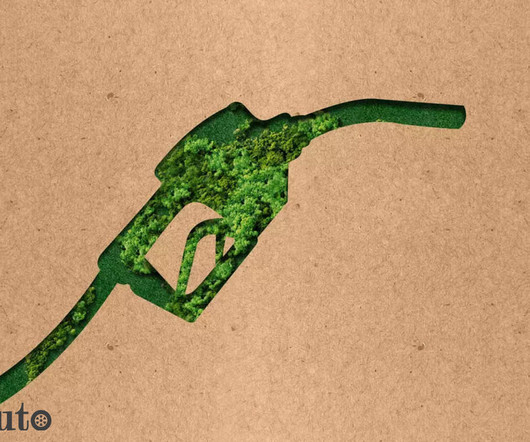Biofuels- paving the way for low carbon future in mobility – ET Auto
Baua Electric
MAY 10, 2024
Given its key role in the Indian biofuel program, ethanol will be the focus of this article. The emissions further drop to ~70% if we consider 2G ethanol which is produced using farm waste. Ethanol production from farm waste such as corn cob, rice husk, wheat straw and sugarcane bagasse, is known as second generation ethanol (2G).






















Let's personalize your content